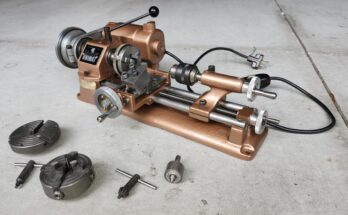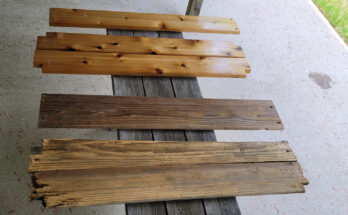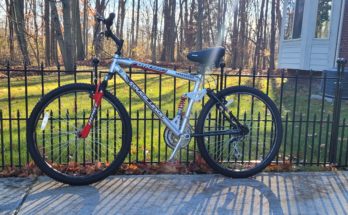In late 1974 I was fortunate enough to get some experience using an HP-2000F minicomputer with a teletype terminal in my school. Compared to using a computer today, the teletype was noisy and slow, and seemed to self-destruct every few weeks, needing repairs or adjustments to keep it printing clearly. Still, the experience seemed magical to me. A friend and I would play various games, including a Star Trek game that was purely text-based, but kept us engaged for hours as the teletype slowly printed the outcome of every Klingon battle.
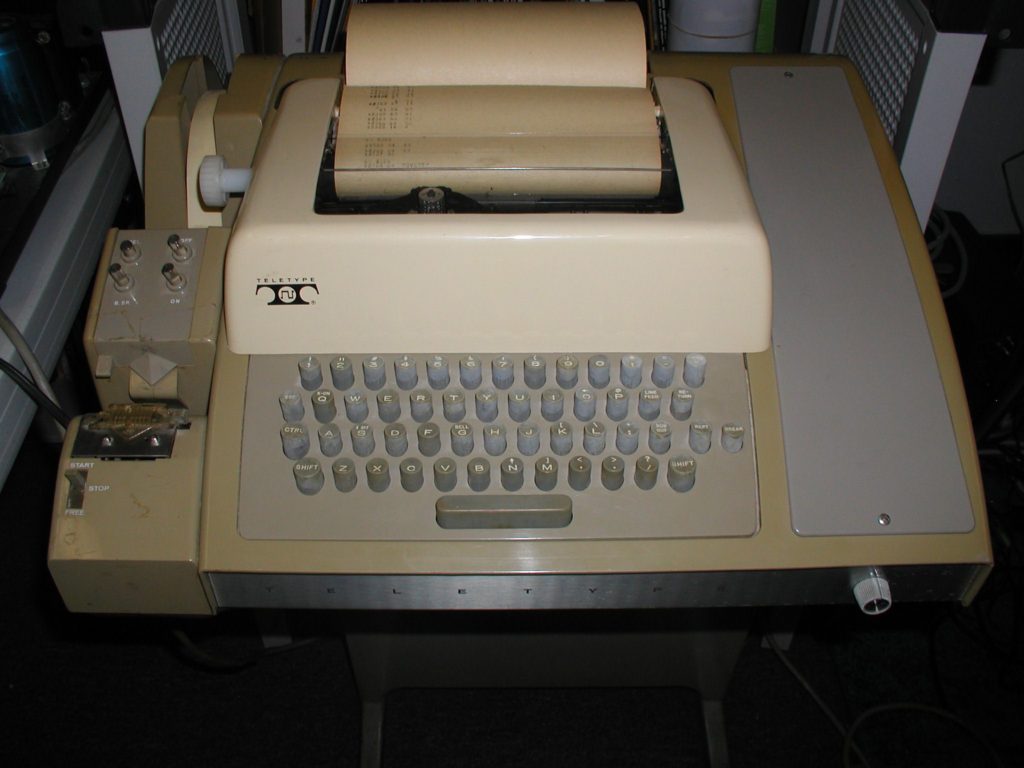
I didn’t realize it then, but this was during the rise of the “minicomputer”. Minicomputers were smaller than the room-sized mainframes and cost much less, but were still the size of a refrigerator or two. Minicomputers were made by several companies including IBM, Digital Equipment Corporation (DEC), Prime, Wang, Data General, and many more. Corporate departments, mid-sized companies, and universities all found uses for the cost-effective minicomputers. In 1983, my employer’s financial systems ran on a DEC PDP11. I programmed using the DIBOL language to create sales or financial reports.
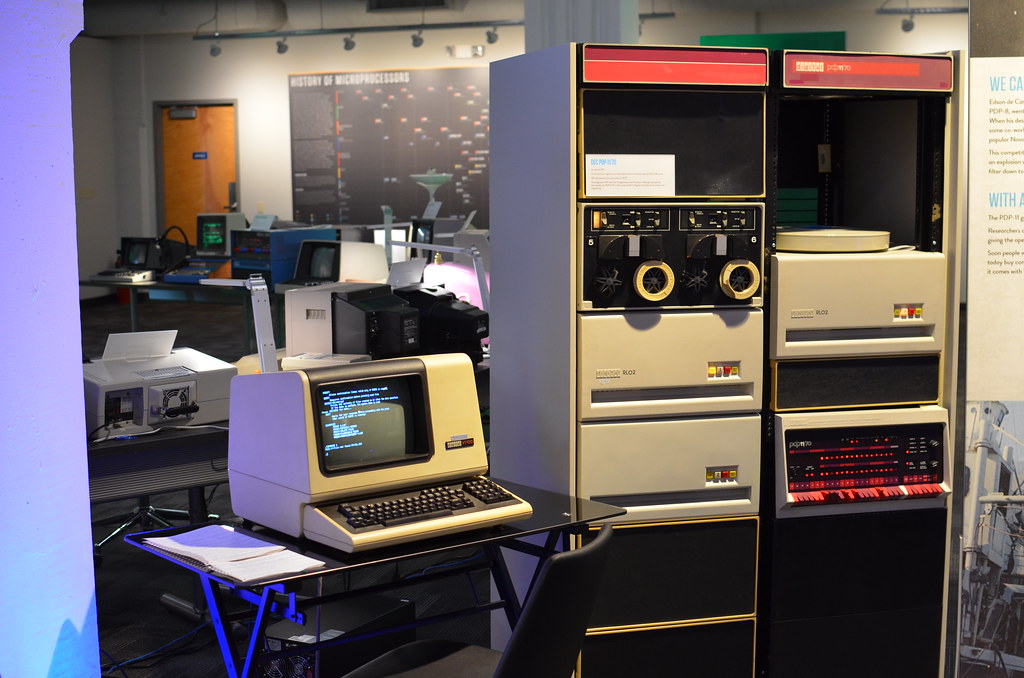
Fast-forward to modern times, when I stumbled upon information on the internet about a fellow in Switzerland who sells 6:10 scale reproduction kits of the Digital PDP-11/70 front panel, complete with a row of 1970s-era red and magenta switches and the requisite “blinkenlights” flashing away. The kit runs hardware emulation on an embedded Raspberry Pi computer. This was perfect, since I had an unused Raspberry PI in my stock of spare parts. The kits are built to order, so I ordered one. The kit arrived a few weeks later.
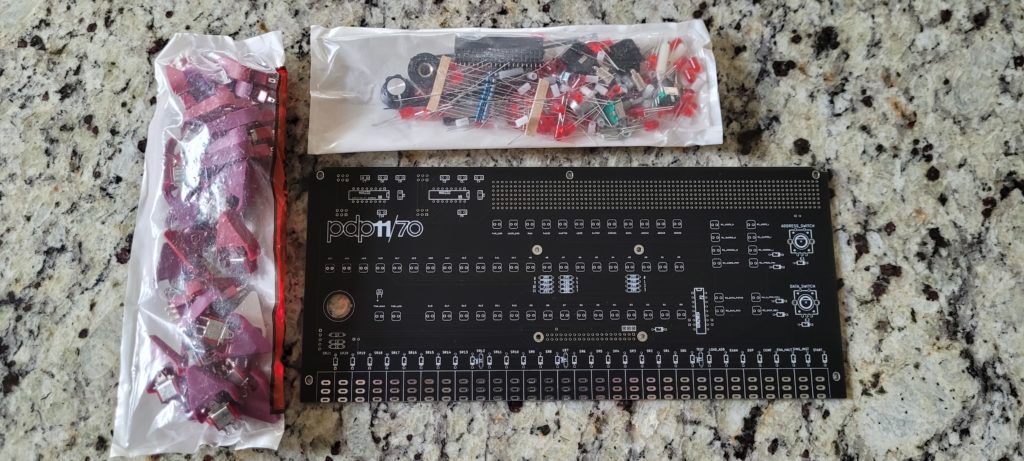
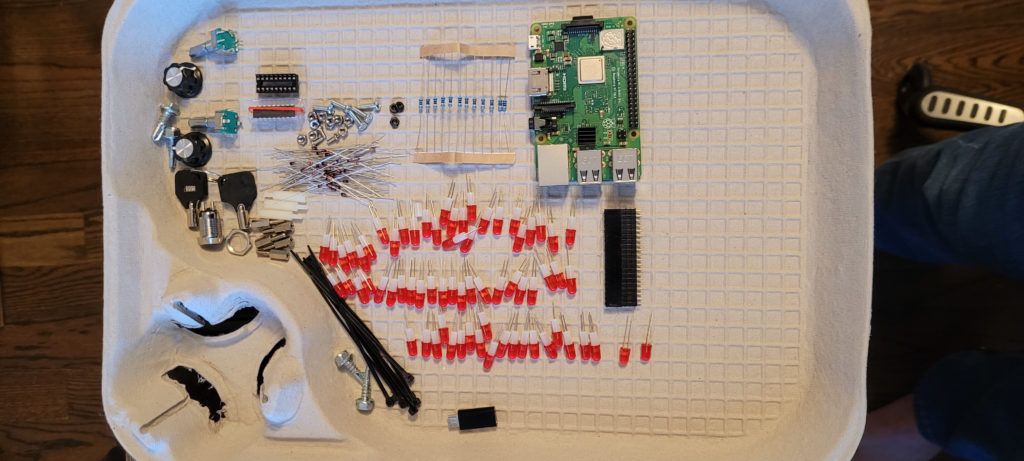
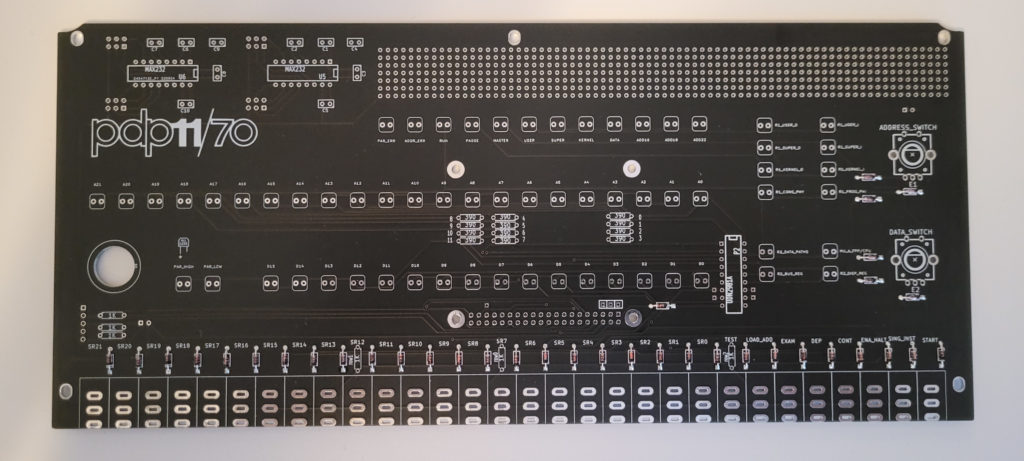
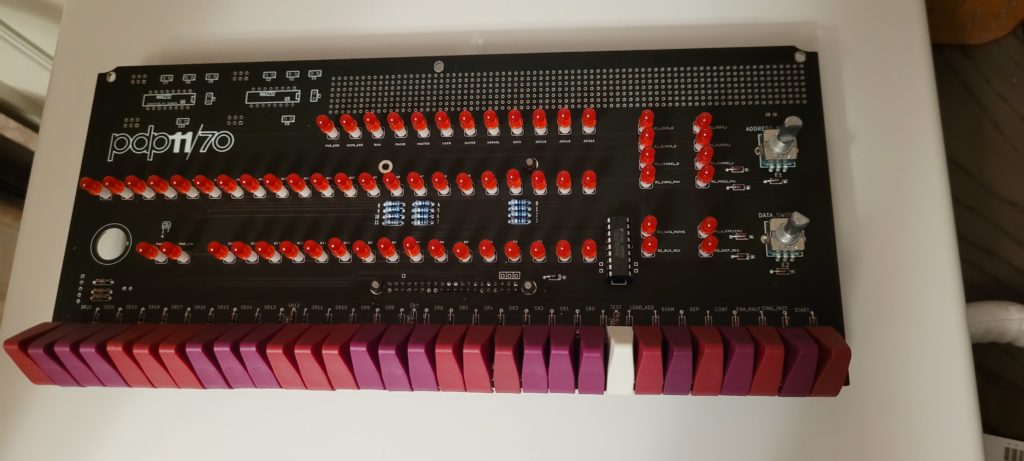
The parts came in several bags, one with switches and the other with everything else. An acrylic panel faithfully replicates the colors and logo of the PDP11/70, along with a display case and rear panel to house the electronics and any interfaces the builder opts to include. Since the Pi includes WiFI, I’ll likely let this computer connect wirelessly, but I still included an RJ-45 ethernet port on the back to allow for a hard-wired network connection.
The kit took about 6 hours to assemble. Included were 30 switches of various types, 64 LEDs, 37 diodes, 2 rotary encoders, 18 resistors, and an 8-channel logic driver integrated circuit. I was pleased that everything worked when I powered up the circuit board the first time. After the PDP11 replica was assembled, I added it to my network and logged in.
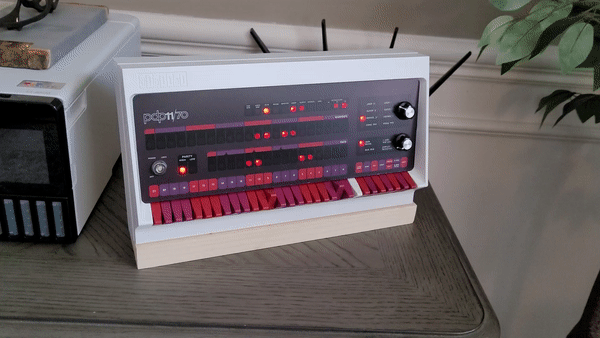
I booted into BSD 2.11, an early UNIX variant, and explored the file systems. Under the /usr/games directory were programs called trek and hangman, both of which I used almost 50 years ago. I typed ./trek to start the program and instantly remembered the game’s commands and strategy. It all came back to me – surprising, since I usually can’t remember what I had for breakfast on any given day. The main difference was that I was using a terminal emulator, which instantly displays the text output where the older teletype would take forever to type each character at a blazing 110 baud communication speed, adding to the sense of anticipation.
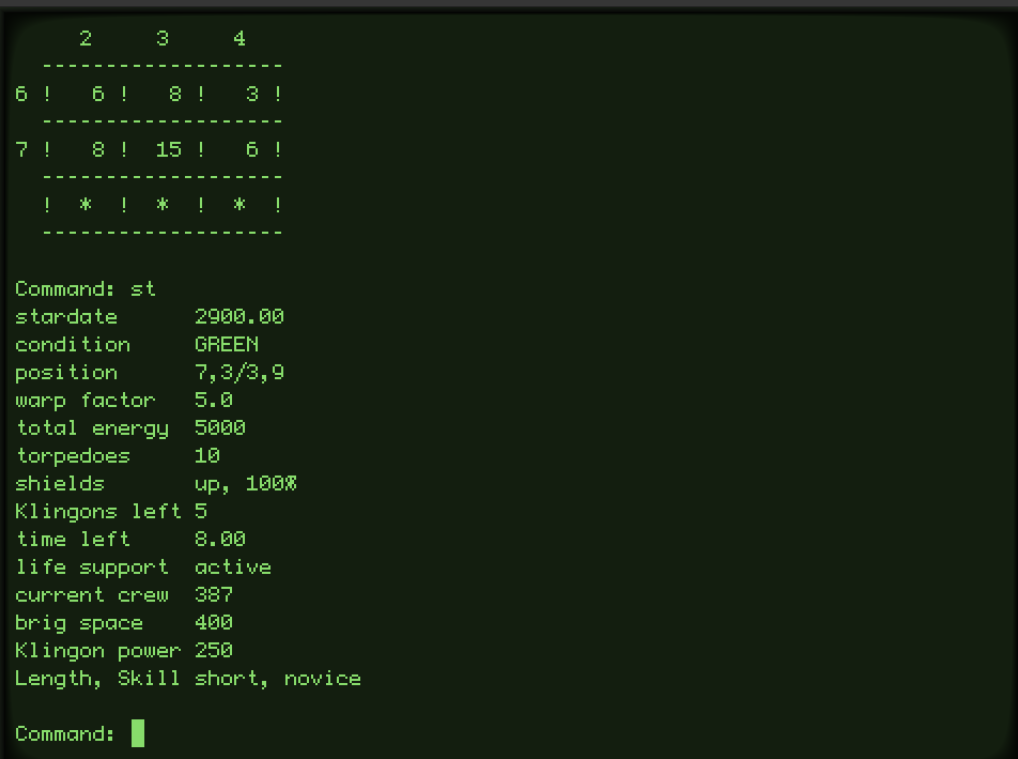
This PDP11 replica is mainly a novelty, but I’ve enjoyed logging onto it, booting various operating systems, compiling old software, and navigating the file system using commands from the very origins of the UNIX operating system. What a great way to revisit childhood memories from a time when computers were not yet in our homes.

